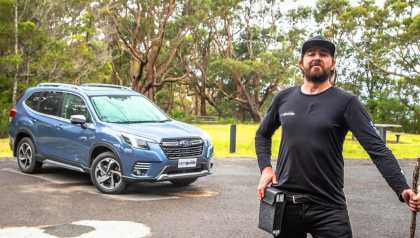SUVs are the go-to family car nowadays. But now that there are so many, which one do you choose for you and your brood? Well, the Tucson is a mid-sized SUV made by Hyundai and the Highlander is the top-of-the-range variant. The one I tested, with the help of my family, had the sporty 1.6-litre turbo petrol engine and all-wheel drive.
My little family has one child and we lived with the Tucson Highlander for a week to find out if it could handle everything we could throw at it.
Hyundai Tucson 2022: Highlander (AWD)
| Engine Type | Turbo 4, 1.6L |
|---|---|
| Fuel Type | Unleaded Petrol |
| Fuel Efficiency | 7.2L/100km (combined) |
| Seating | 5 |
| Price From | $32,560 - $38,720 |
| Safety Rating |
|
What does it look like?
The Tucson Highlander is a mid-sized SUV, so it’s about the same size as a Toyota RAV4, but it looks quite different. The RAV4 is more angular whereas the Tucson is rounded, although the crisp origami-like creases in the door panels make this Hyundai look modern and unique.
An enormous grille that almost covers the entire face of the car features built in LED running lights, which set this SUV apart from many of its rivals, as do the taillights, with their jagged, shark-tooth design.
_0.jpg)
This new-generation Tucson came to Australia in 2021, so the cabin tech is also modern and the styling of the interior still feels fresh. I especially liked the media screen and the way it’s integrated into the floating centre console in the same fashion that premium brands like Land Rover are choosing.
Adding an even more prestigious feel to the interior was the optional Grey leather upholstery in our test car.
For a completely different look, but pretty much the same car underneath, you should check out the Kia Sportage, which shares pretty much the same engineering as the Tucson, thanks to the fact that both of them share a parent company.
How does it drive?
You know how top tennis players can sometimes have a bad day and, while they still perform well, they’re not their usual superhuman selves? Well, I feel that way about this Tucson.
See, Hyundai has a track record of producing cars that are so good to drive that when I drove this new Tucson I was disappointed that it wasn’t an enormous leap ahead from the old old. And, even more surprisingly, in some ways it’s not as good as the previous Tucson.
I’m making the new one sound terrible to drive, but it’s not. The handling is good, the visibility is excellent, it’s comfortable, the engine has lots of grunt and acceleration is quick for this class of SUV.
.jpg)
The one part that’s letting the driving experience down is the transmission. The way this dual-clutch automatic operates is far from smooth at lower speeds. Combine this feeling of indecisive gear changes with hills and the result is a car that creates an uneasy sensation.
It’s disappointing because everything else is there to make this car great to drive. To get back to the tennis thing, it’s just that its serve is off, and this transmission doesn’t cope easily with anything other than highway driving.
I’ve spoken to Hyundai about the dual-clutch and I was told that if customers are unhappy with the transmission performance they can contact Hyundai who will be able to ‘re-tune’ it. I’d be taking them up on that offer, personally.
It may also take you time to get used to the actual gear shifter in the Tucson – it’s button operated (see the photos) and that meant I had to look down each time to find Drive and Reverse.
.jpg)
On the plus side, as a family car, the Tucson has a composed and comfortable ride, while retaining a sporty feel.
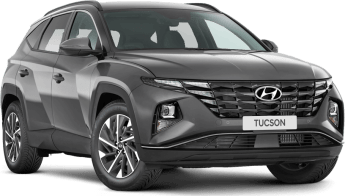
How spacious is it?
The Tucson is 4.63m long, which is on the shorter side for a mid-sized SUV, but the interior layout offers adequate legroom in the second row, even for me at 191cm tall, and it has one of the largest boots among its rivals, at 539 litres.
Families need cabin storage, and lots of it. The Tucson is better at this than many of its rivals with big door pockets, cup holders up front and in the second row, a large centre console storage box, a deep well in front of the shifter for wireless phone charging and pockets on the side of the centre console.
.jpg)
New parents will also be happy to know that a rearward-facing baby capsule can be installed in the second row, while still leaving enough space for somebody my height to sit comfortably in the front passenger seat.
While the Tucson may not beoverly large, its sense of interior space and the storage it provides are both excellent.
How easy is it to use every day?
The Tucson Highlander isn’t the easiest car to drive, thanks to that indecisive transmission, but it does come loaded with features that make life easier. The Highlander grade comes with a proximity key, which will lock and unlock the door without you having to take it out of your pocket or bag. You also score push button start, sat nav, dark-tinted rear side windows, a gesture-control tailgate, heated and ventilated front seats, dual-zone climate control with rear directional air vents, plus power-adjustable driver and front passenger seats.
.jpg)
For charging devices there’s a wireless charger, a 12V outlet and two USB ports up front, plus another two USB ports in the second row.
Controls are all in logical and easy to reach places, aside from that strange gear shifter, with its button design, which isn’t the easiest way to shift from Drive to Reverse or Park.
How safe is it?
The Tucson was given the maximum five-star rating by ANCAP when it was tested in 2021.
The advanced safety tech that comes standard on the Tucson Highlander is excellent. It starts with AEB with junction assistance, which can detect vehicles, cyclists and pedestrians. Then there’s also rear AEB, lane-keeping assistance, blind-spot warning and rear cross traffic alert.
A full-sized spare wheel is also standard, and a welcome inclusion.
For child seats there are two ISOFIX points and three top-tether mounts across the back seats.
What’s the tech like?
This new-gen Tucson came to Australia just last year, so the tech is still fresh and modern.
I liked the 10.25-inch media screen, and while the digital instrument cluster was the same size, the fitment of it to the dash seemed a bit dinky to me in a car that is otherwise pretty sophisticated in its styling.
.jpg)
I did a roll call of the charging outlets in the section How is easy it is to Use, but it does have wireless phone charging, plus USB ports for those in both the front and back seats.
Apple CarPlay and Android Auto, along with Bluetooth connectivity, are onboard, as are sat nav and an eight-speaker Bose stereo.
How much does it cost to own?
The Tucson Highlander with the 1.6-litre turbo-petrol engine and all-wheel drive lists for $50,400. A front-wheel-drive version with a 2.0-litre petrol is more affordable at $46,400 and I’d recommend that variant, unless you plan to regularly head onto dirt and gravel roads, where all-wheel drive is handy.
The Tucson is covered by Hyundai’s five-year/unlimited-kilometre warranty, which is the norm for most car makers.
.jpg)
Servicing is needed annually, or every 10,000km, and you can expect to pay $319 on average each year, for five years.
Hyundai says the Tucson Highlander’s 1.6-litre turbo petrol engine and dual clutch auto will use 7.2L/100km, but on my test I found that the Tucson was using 12.2L/100km, which is thirsty. If it’s any consolation, the engine can run happily on 91 RON, which is the cheapest grade of petrol.
Verdict
There are so many good SUVs to choose from, but not all of them are ideal for families. The Tucson Highlander offers good looks, luxury features and a sporty driving experience, but it's also practical and has plenty of the advanced safety tech that a small family needs.
The 1.6-litre engine only comes paired with all-wheel drive, which is good for those families who like to go on dirt-road adventures.
Be sure to take a look at my comparison, which tests the Tucson against the Subaru Forester, the Mitsubishi Outlander and the Kia Sportage.
Pricing Guides






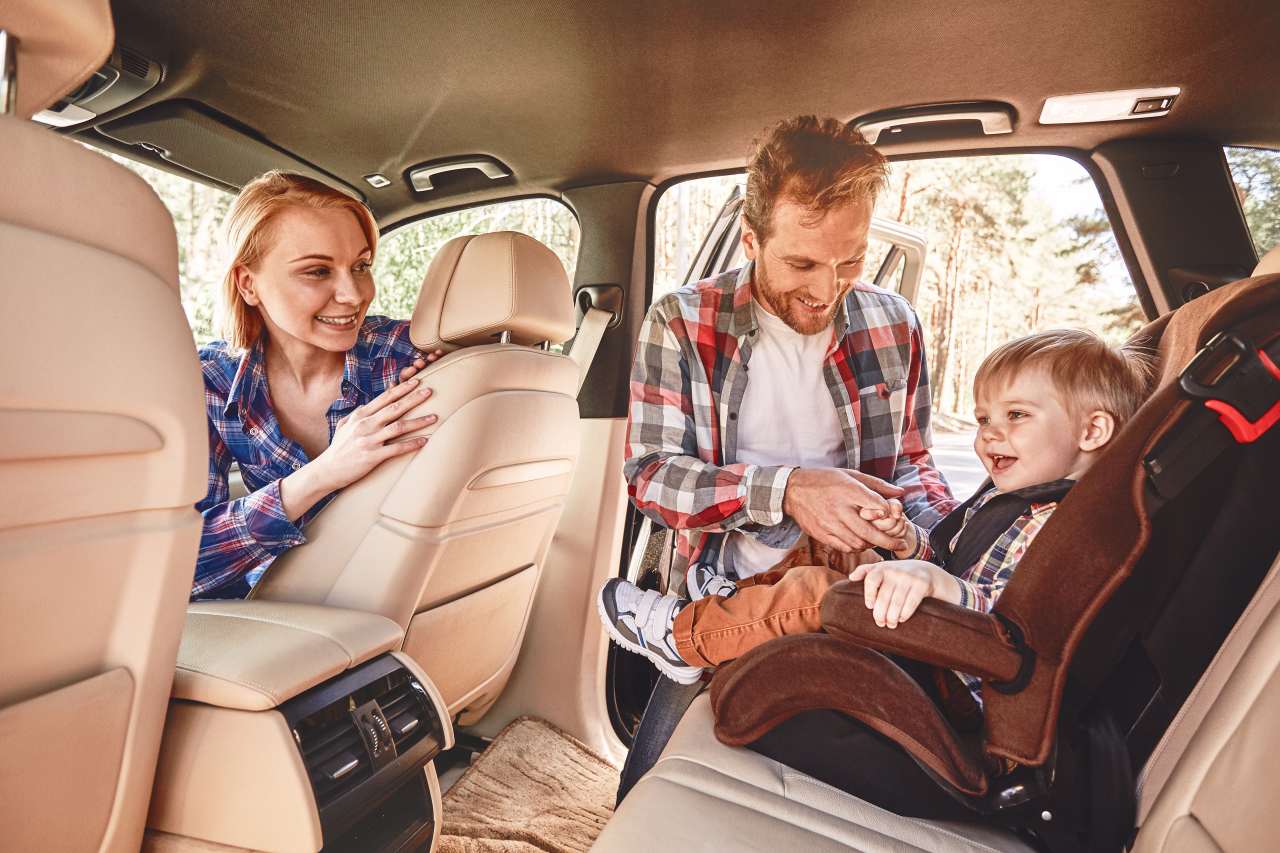
.jpg)

.jpg)
.jpg)
.jpg)
.jpg)





















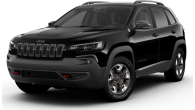
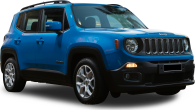














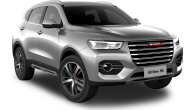

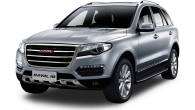



 copy.png)

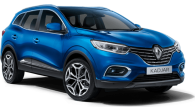
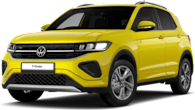



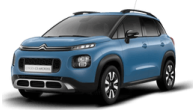






.jpg)
